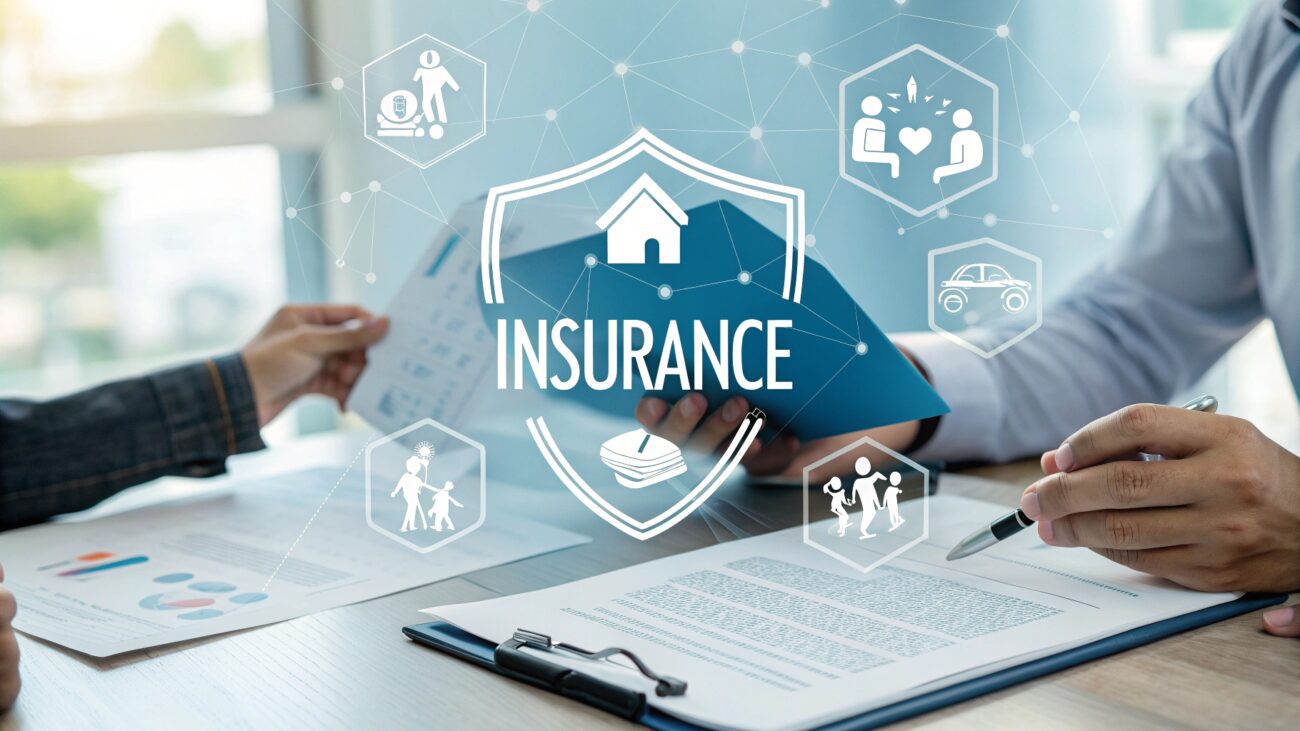Why Eye Exams Are So Important
Many people skip eye exams because of the cost, especially when they don’t have insurance. However, eye exams can detect not only vision problems but also early signs of conditions like glaucoma, diabetes, and high blood pressure. Regular checkups ensure your eyes stay healthy and your prescription stays accurate.
How Much Do Eye Exams Cost Without Insurance?
The cost of an eye exam without insurance can vary depending on where you go. On average, expect to pay between $50 and $150 for a basic exam. More detailed tests, like a contact lens fitting or retinal imaging, may add to the total. Prices also vary between retail vision centers, private optometrists, and clinics.
- Retail Chains (like Walmart or Costco): $50–$100
- Independent Optometrists: $100–$200
- Community Clinics: Often provide sliding-scale pricing based on income
Best Places to Get Affordable Eye Exams
If you don’t have insurance, there are several budget-friendly options to consider:
1. Retail Vision Centers
Stores like Walmart Vision Center and Costco Optical offer affordable eye exams conducted by licensed optometrists. These centers are convenient and often include special discounts on glasses or contact lenses.
2. Optical Schools and Universities
Optometry schools offer discounted exams performed by students under professional supervision. You’ll receive high-quality care at a fraction of the price. Check if there’s a local optometry program near you by visiting the American Optometric Association.
3. Community Health Centers
Federally Qualified Health Centers (FQHCs) and local clinics often provide low-cost or sliding-scale vision services based on income. Use the HRSA Find a Health Center tool to locate options near you.
4. Nonprofit and Charitable Programs
Organizations like Lions Club International and VSP Eyes of Hope provide free or discounted eye exams and glasses to those in need. These programs are excellent resources for individuals without insurance.
Tips to Save Even More on Eye Care
- Compare prices online: Many optical centers list their rates online, allowing you to find the most affordable option before booking.
- Look for coupons: Sites like Groupon often feature deals for local eye exams and glasses.
- Check vision discount plans: Programs such as EyeMed or VSP Direct offer annual memberships that significantly reduce exam and eyewear costs.
- Ask about payment plans: Some clinics allow installment payments to make care more accessible.
Online Eye Exam Options
Telehealth has made basic vision testing more accessible than ever. Platforms like Visibly and Lensabl offer online eye exams for updating your glasses prescription. However, these are best for minor updates and not a substitute for comprehensive in-person exams.
When to See an Optometrist Immediately
Even if you’re trying to save money, don’t delay care if you experience symptoms like:
- Sudden blurred or double vision
- Flashes of light or floaters
- Pain, redness, or swelling in the eyes
- Sudden loss of vision
These could indicate serious eye health issues that require immediate professional attention.
Final Thoughts
Having no insurance doesn’t mean you have to neglect your eye health. With so many affordable options available, from retail vision centers to community clinics and nonprofit programs, you can still receive the care you need. Regular eye exams are an investment in your long-term vision and overall well-being.
So don’t wait — start exploring your affordable eye care options today and keep your vision clear for years to come!
